Otter bridges save lives
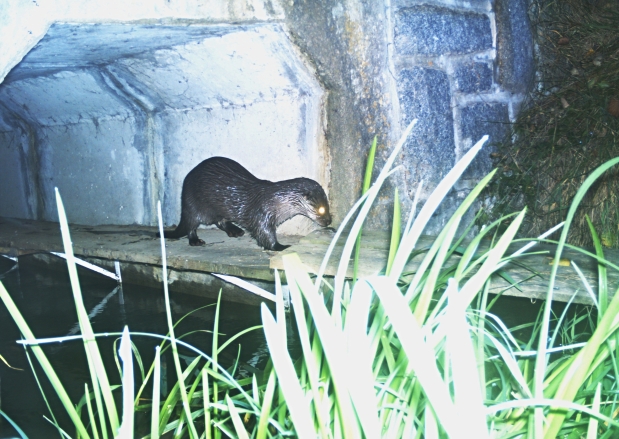
Otter bridges save lives
Lidéřovice, 11th of November 2020
October was once again the worst month of the year for our otters. Nine were found on Czech roads. And, most likely, the same fate reached many other otters we didn’t find. Unfortunately, dozens of otters perish on our roads every year, a sad statistic that would be very easy to improve. There are a number of functional technical solutions that allow otters to safely overcome frequented roads.
One of them is the”otter footbridge”. Let us tell you about it:
Otters are big travelers. Every night, otters swim through several ponds and travel kilometers through rivers and streams to check their home range. When any of those streams or rivers crosses a road, it will depend on the design of the bridge or pass, whether the otter can pass safely under the road, or if it will have to climb out of the water and walk across the road. Sometimes the construction of a bridgemakes it impossible for the otter to pass under the road. Sometimes it’s just fear: when there is too much water through a small opening, otters will avoid that route and try instead to cross the road.
In cooperation with the public and with many institutions (to whom we are very grateful! ) we have been collecting data from casualties for a long time. Every year there will be more than sixty in our database. Most of the dead otters are found on roads, so we actually collect data about risky locations- places where otters are commonly runover by traffic.
At first we were surprised. Why do otters climb roads when they can pass under the bridge? It should be easier for them than for other animals, because the river directly brings them to the bridge. However, when we personally inspected the bridges, we found that 20 % of them cannot be used by animals to cross safely. The most common problem is that there is no space to walk on land under the bridge, only deep water.
A well designed bridge can allow safe passage to many animals, not only otters, preventing many accidents. A good design should include enough space and dry areas to walk on land under the bridge, by the water. Such a design will allow lots of species to cross safely: martens, weasels, badgers, skunks, and even deer or wild boars, depending on the size of the bridge.
These dry areas or “otter footbridges” can be either natural or built from concrete or wood.
Three such wooden footbridges were installed under three bridges in South Bohemia, on a road where 29 otters have died. This is the road no. 24 between Trebon and Veselí nad Lu žnicí, known among otters as “the road of death”. It is the road that leads between Třeboňsk skými ponds, an area where many otters live. After three years of operation we can confirm that the footbridge is functional! Since the installation, we have no record of otter deaths in these three places. And the use is evidenced by signs and photos from photo traps. The installed footbridge is used not only by otters, but also by martens and weasels. And it is not surprising, because the streams are natural corridors in the landscape, used by many species.
These footbridges are a very cheap solution with proven effect: they help animals travel safely through the landscape that we humans have broken. We hope this success will serve as inspiration and more footbridges are installed. The riskiest locations for otters on roads can be seen on our online map: www.vydrynasilnici.cz. The priority is indicated by colors from yellow to red. Now, thanks to these footbridges, a new green layer of fixed safe places has been added to the map.
An otter using the footbridge to cross safely under the road
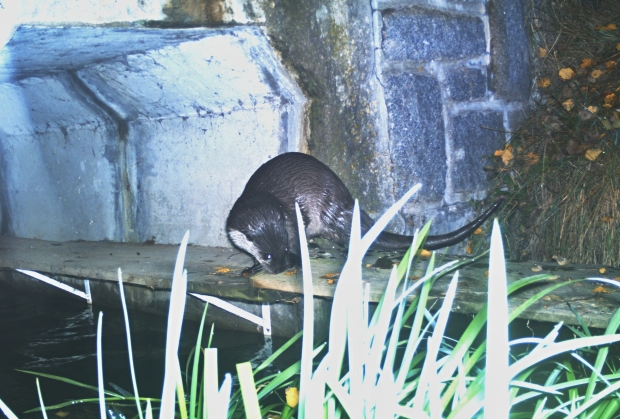
An otter using the footbridge to cross safely under the road
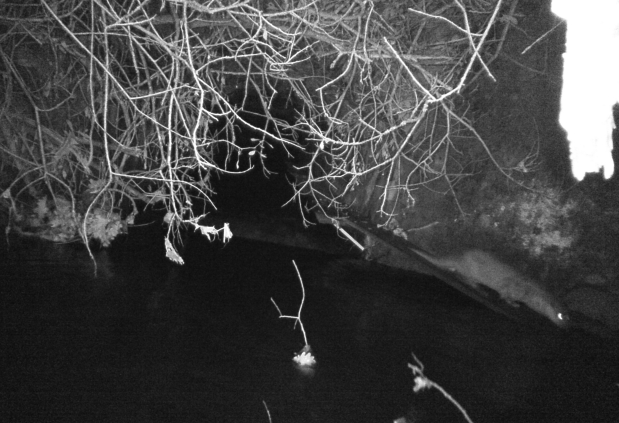
A beech marten using the footbridge to cross safely under the road
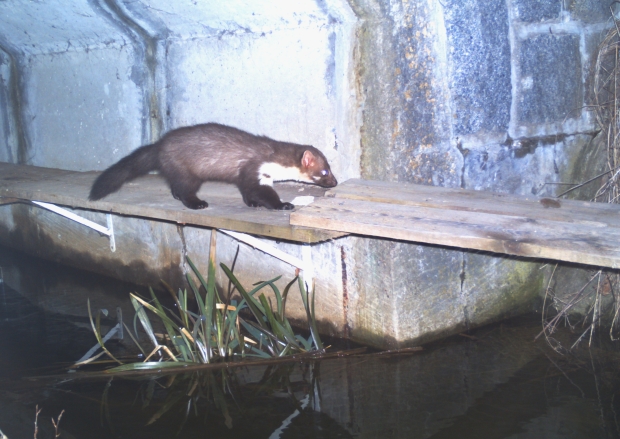
A stoat using the footbridge to cross safely under the road
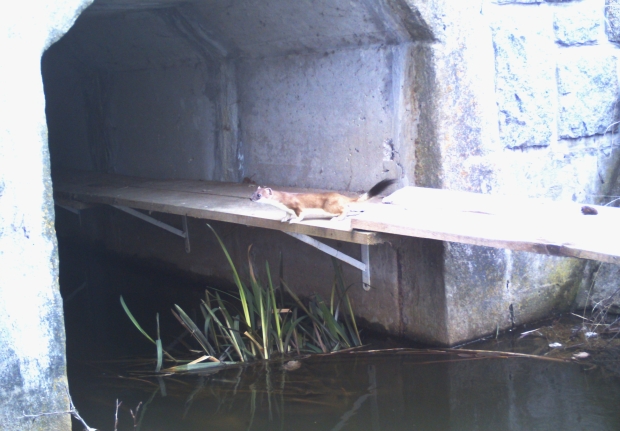
A little weasel using the footbridge to cross safely under the road
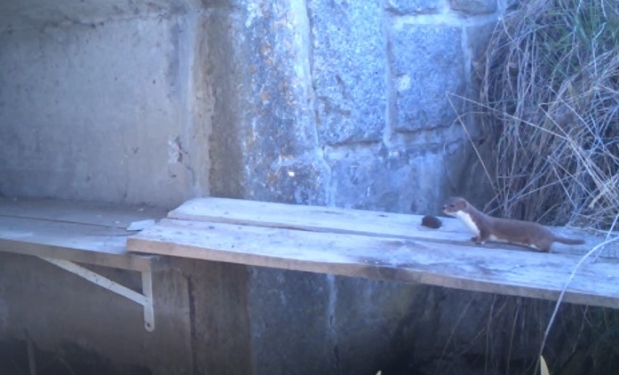
Installed footbridge
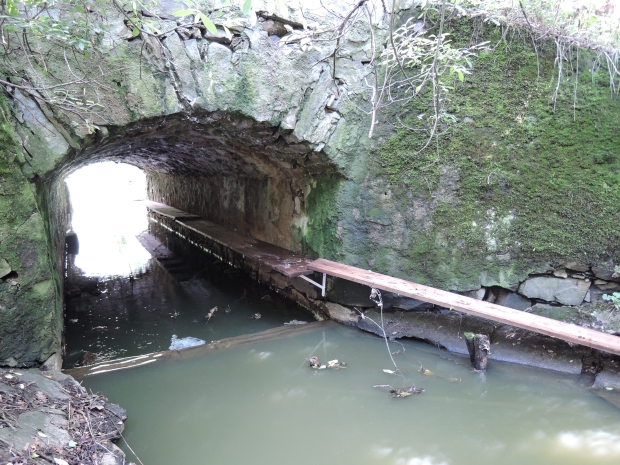
Instaled footbridge

Mapping and evaluation of risky places, online map and installation of footbridges took place within the project [Implementation of selected measures for otters in CR] (https://www.alkawildlife.eu/projects/realizace-opat%C5%99en%C3%AD-pro-vydru-%C5%99%C3%AD%C4%8Dn%C3%AD-v-%C4%8Dr), which was financed from EEA funds 2009-2014 under the Small Grant Scheme. The project was implemented in the years 2015 to 2017.

